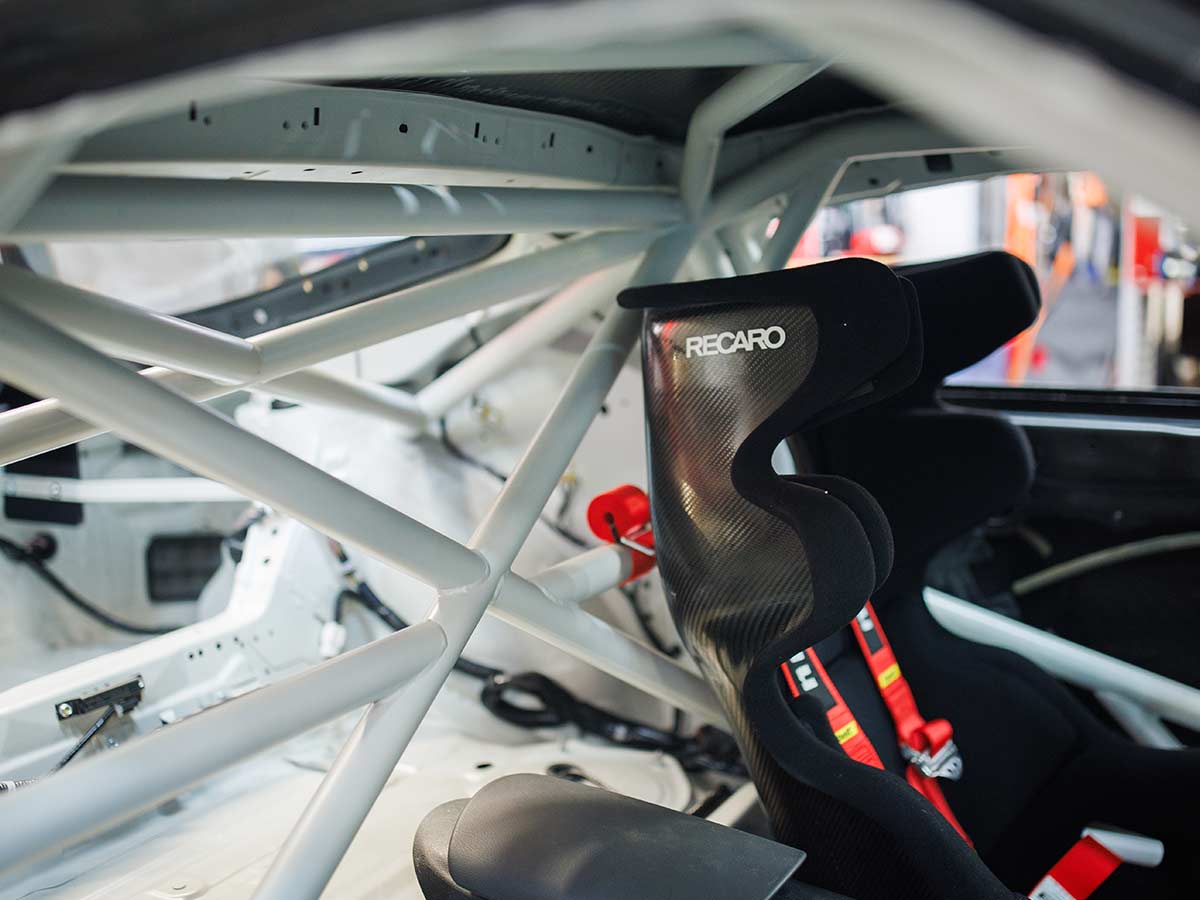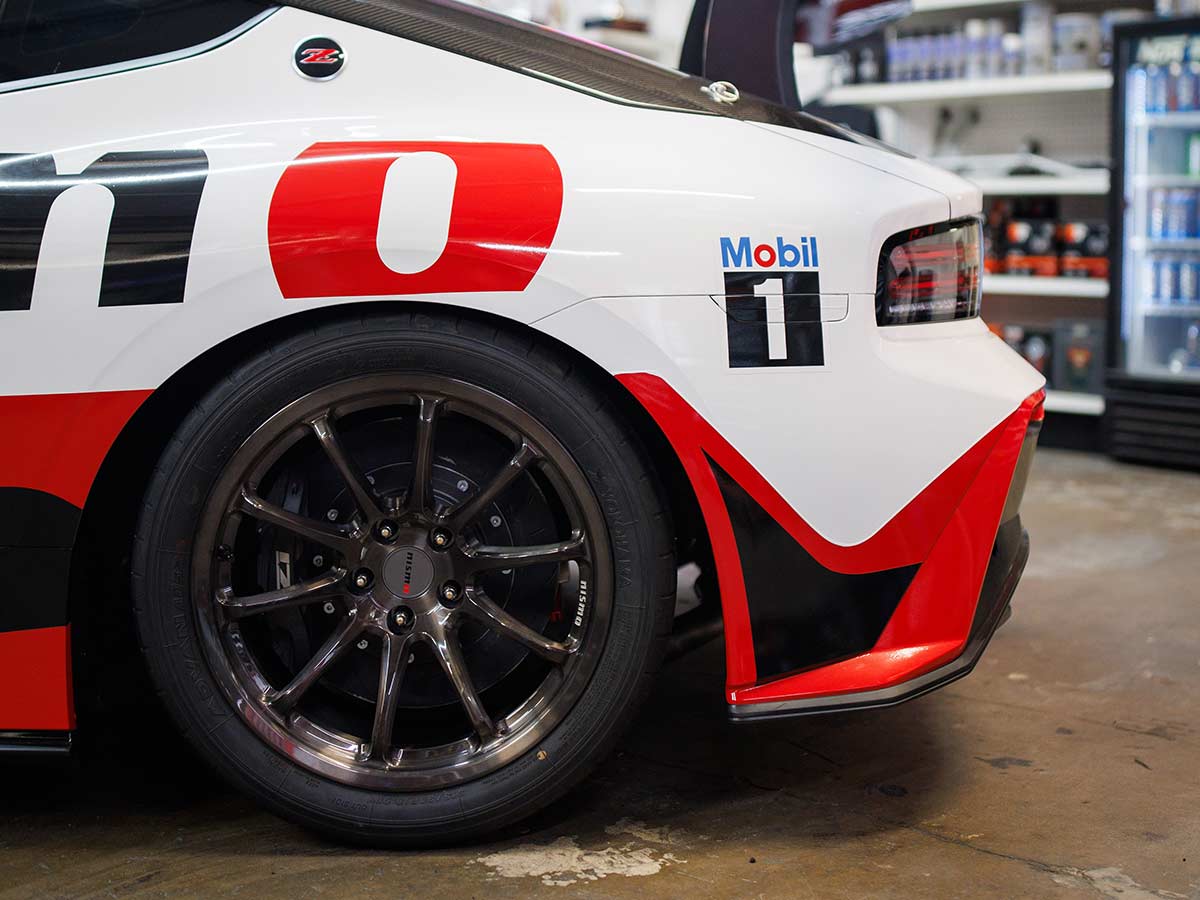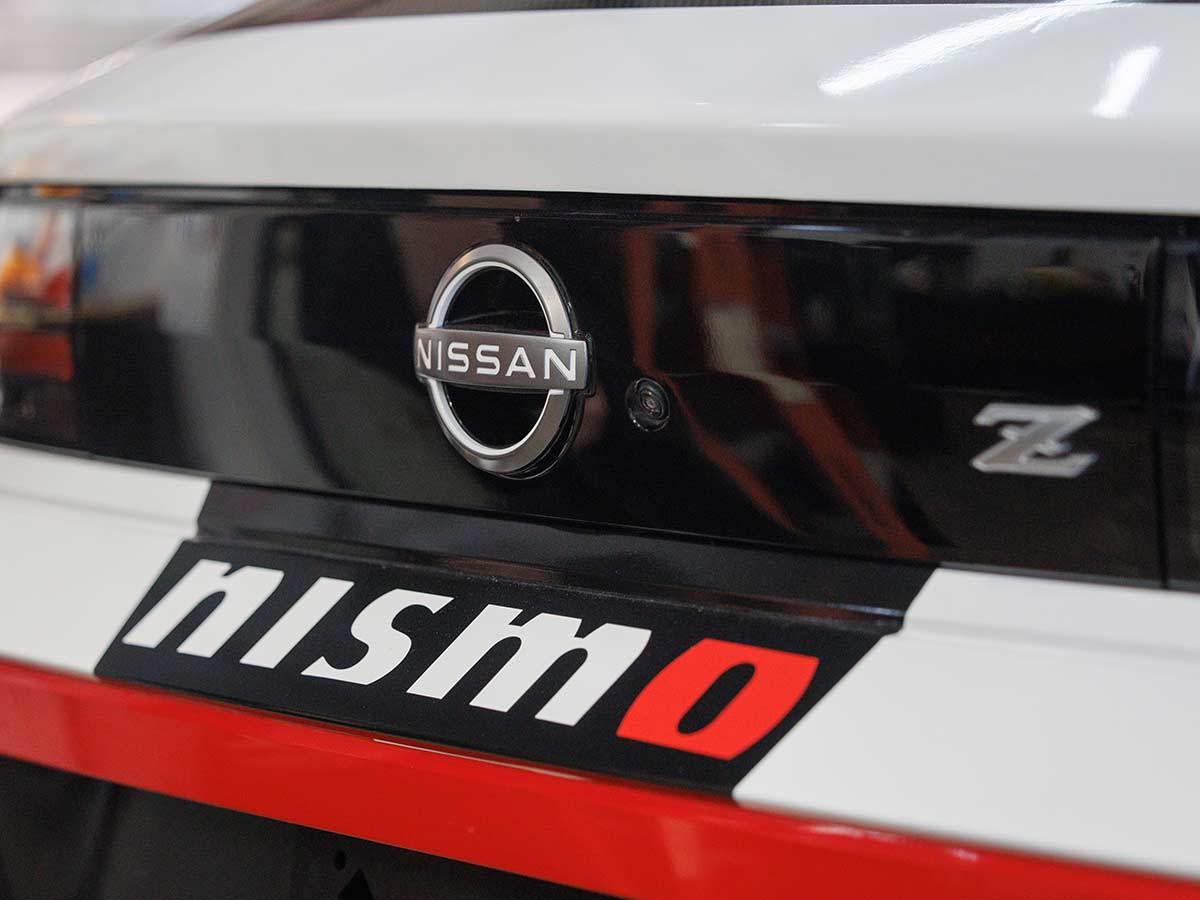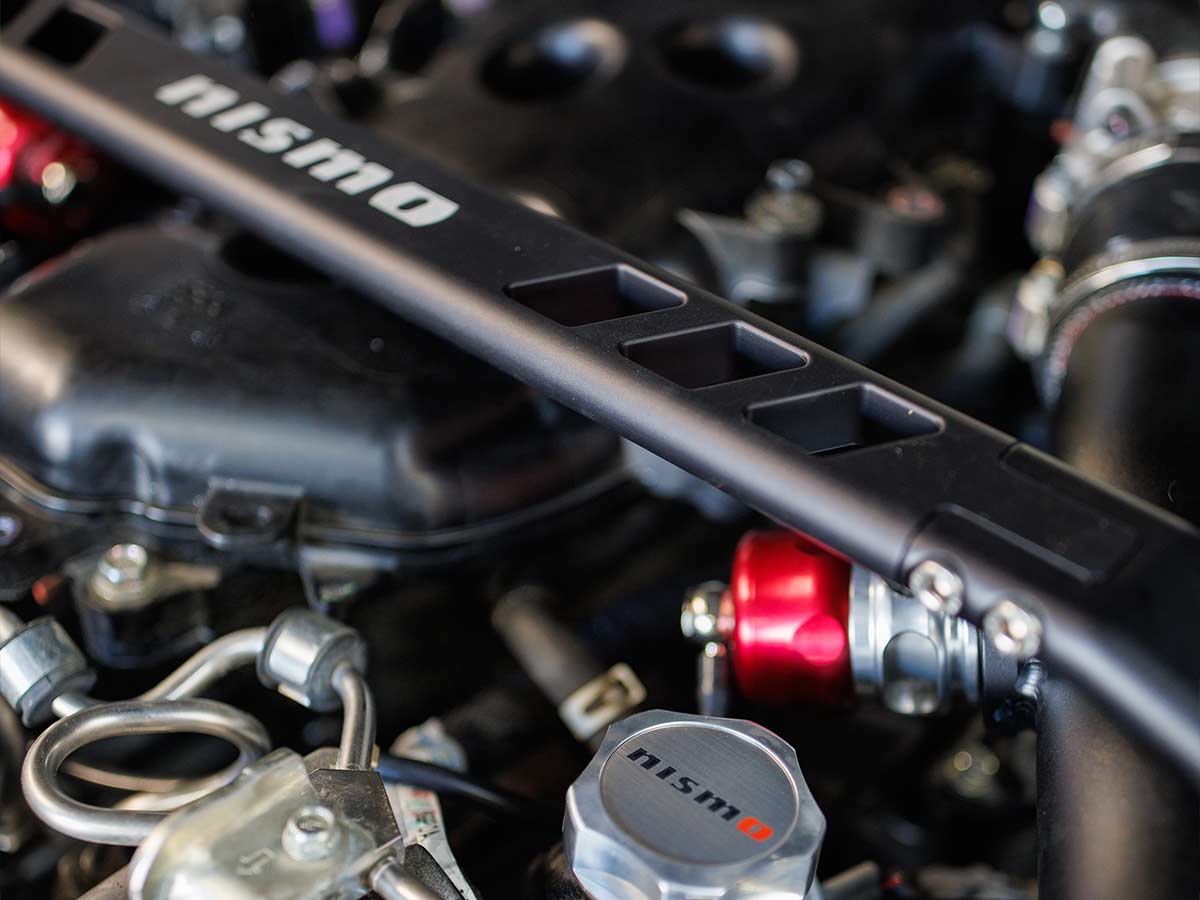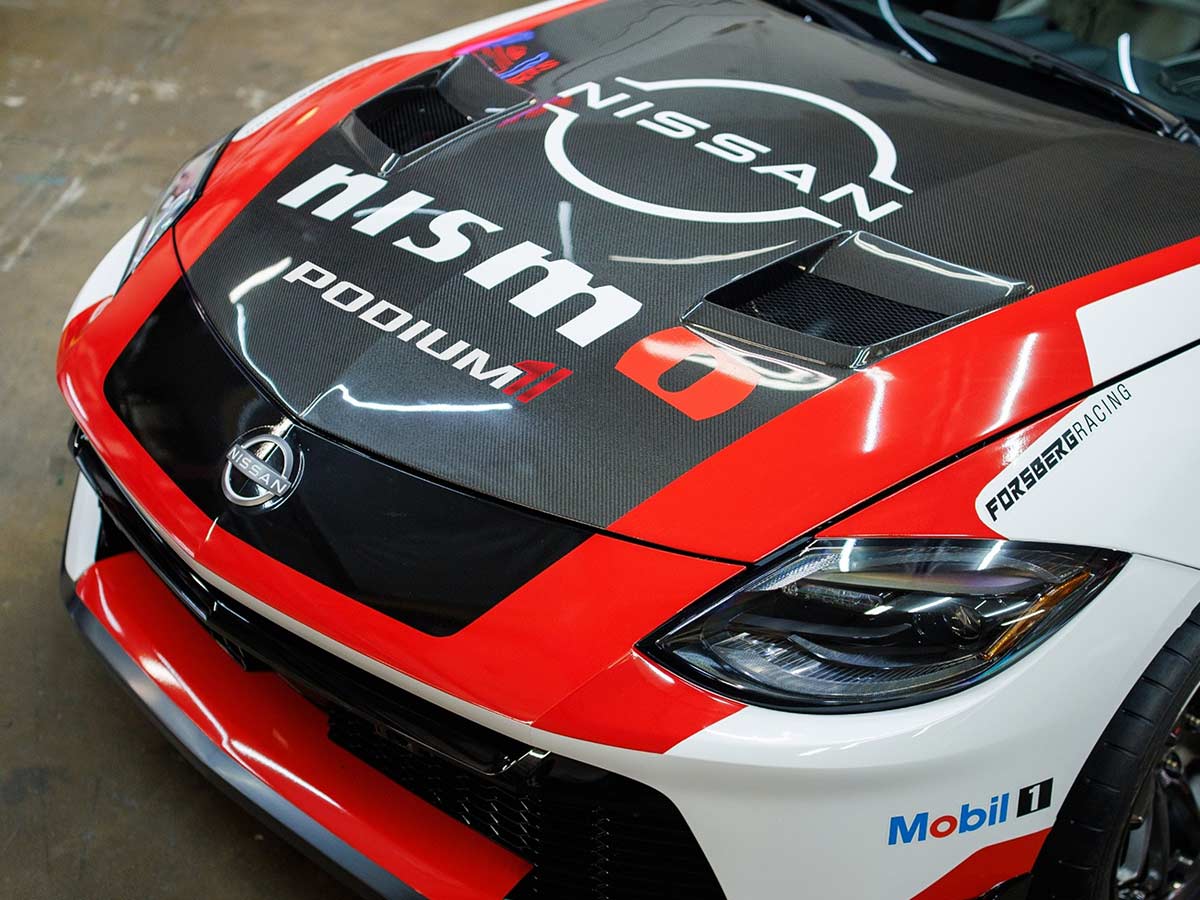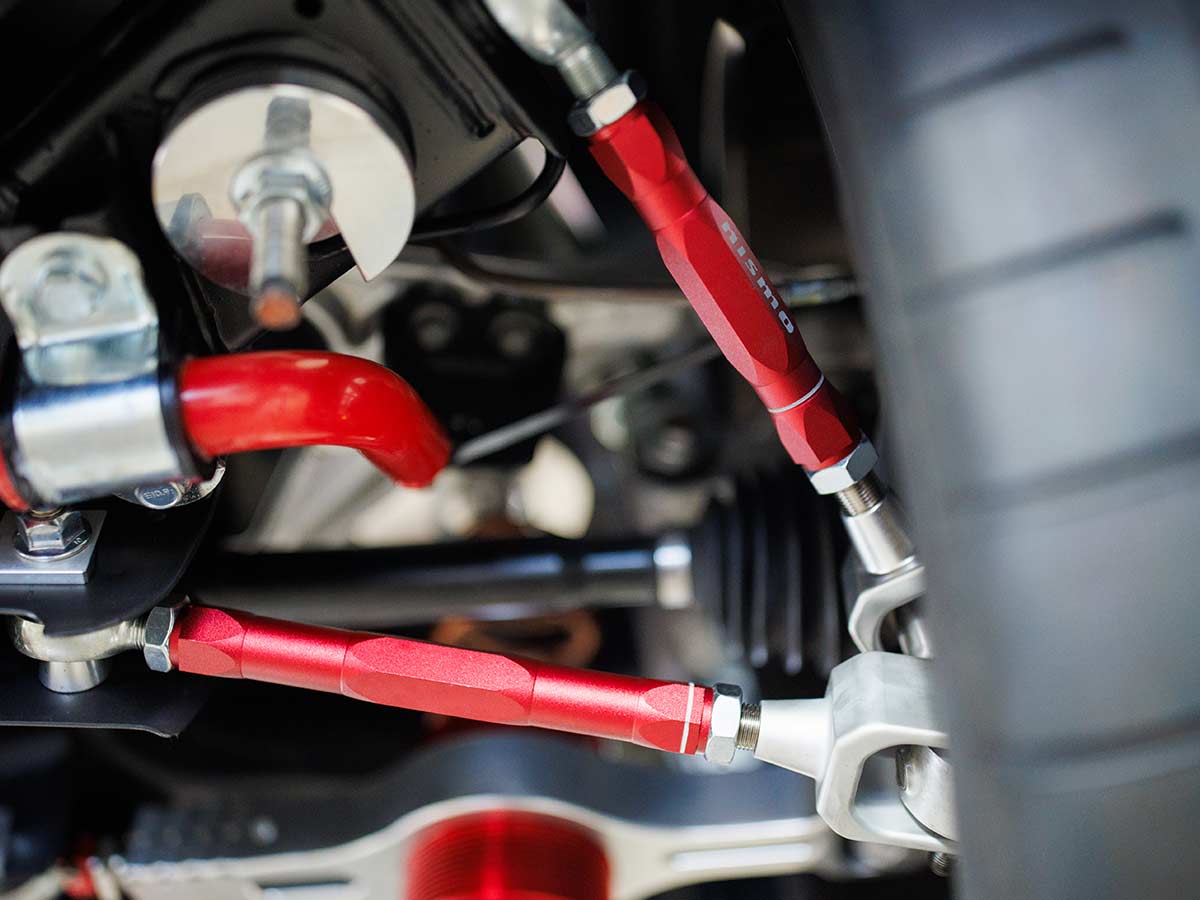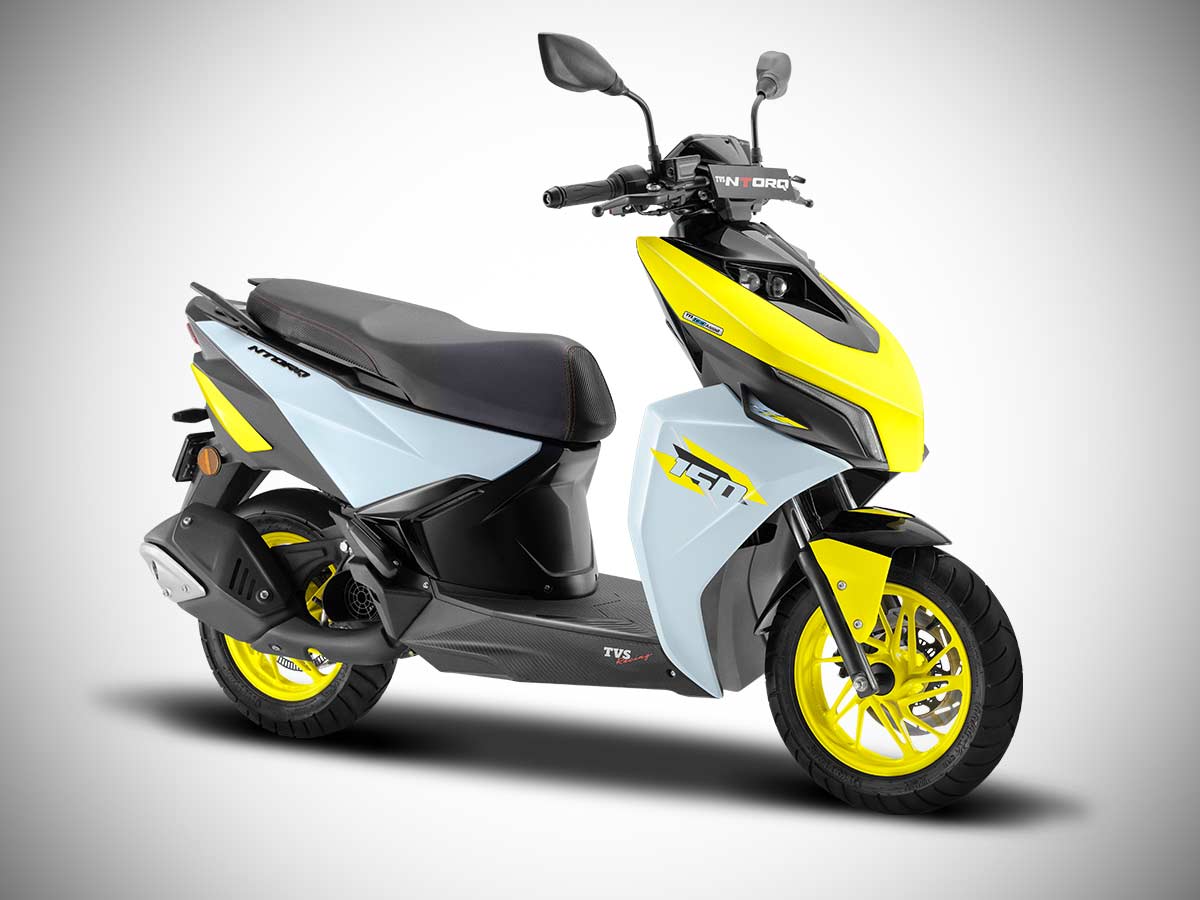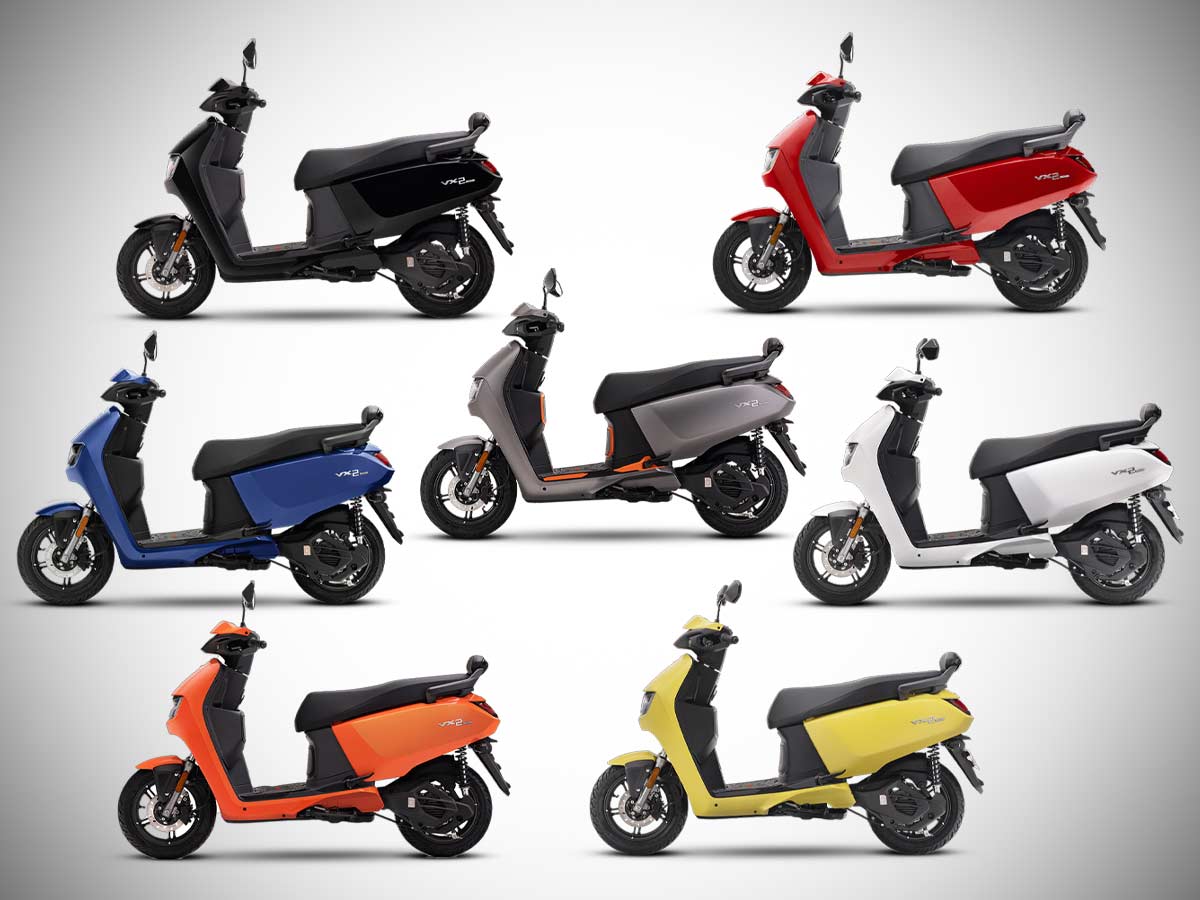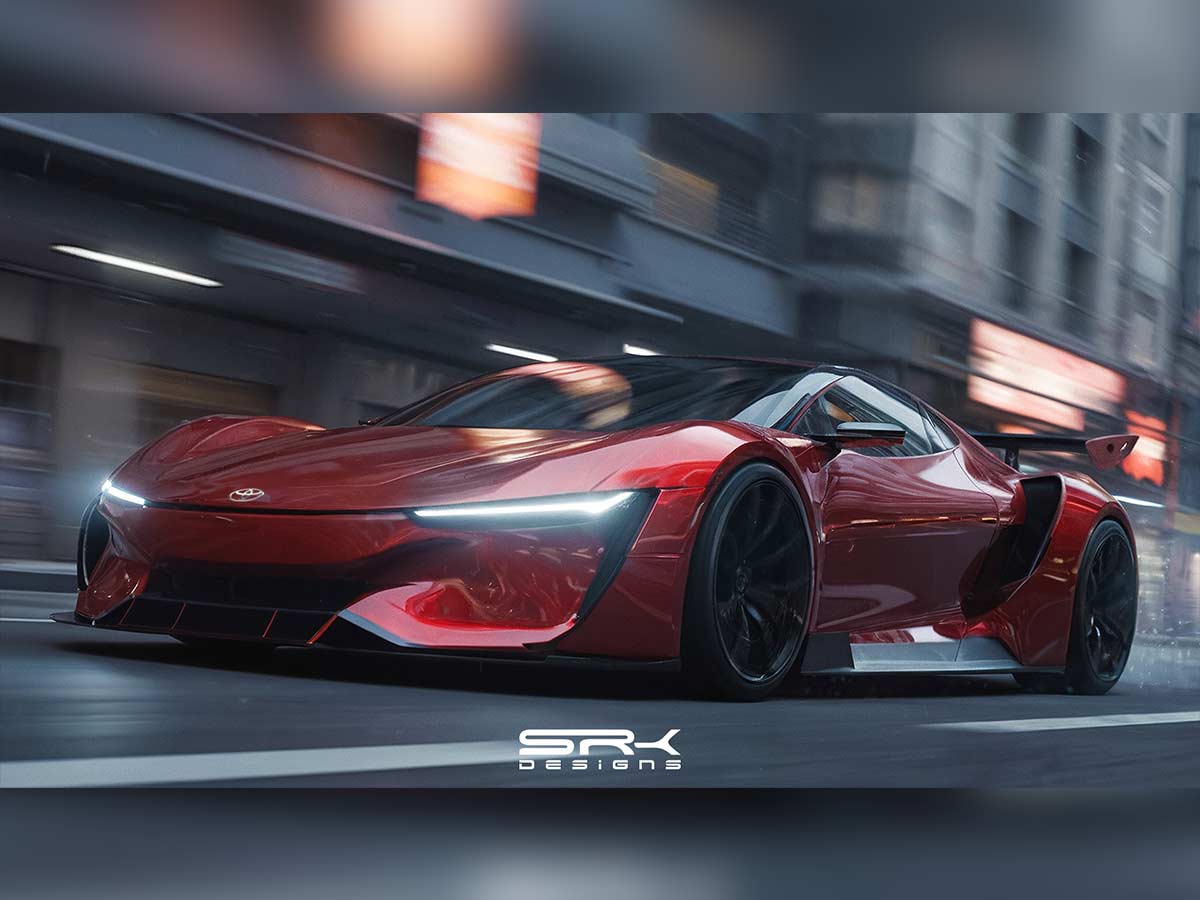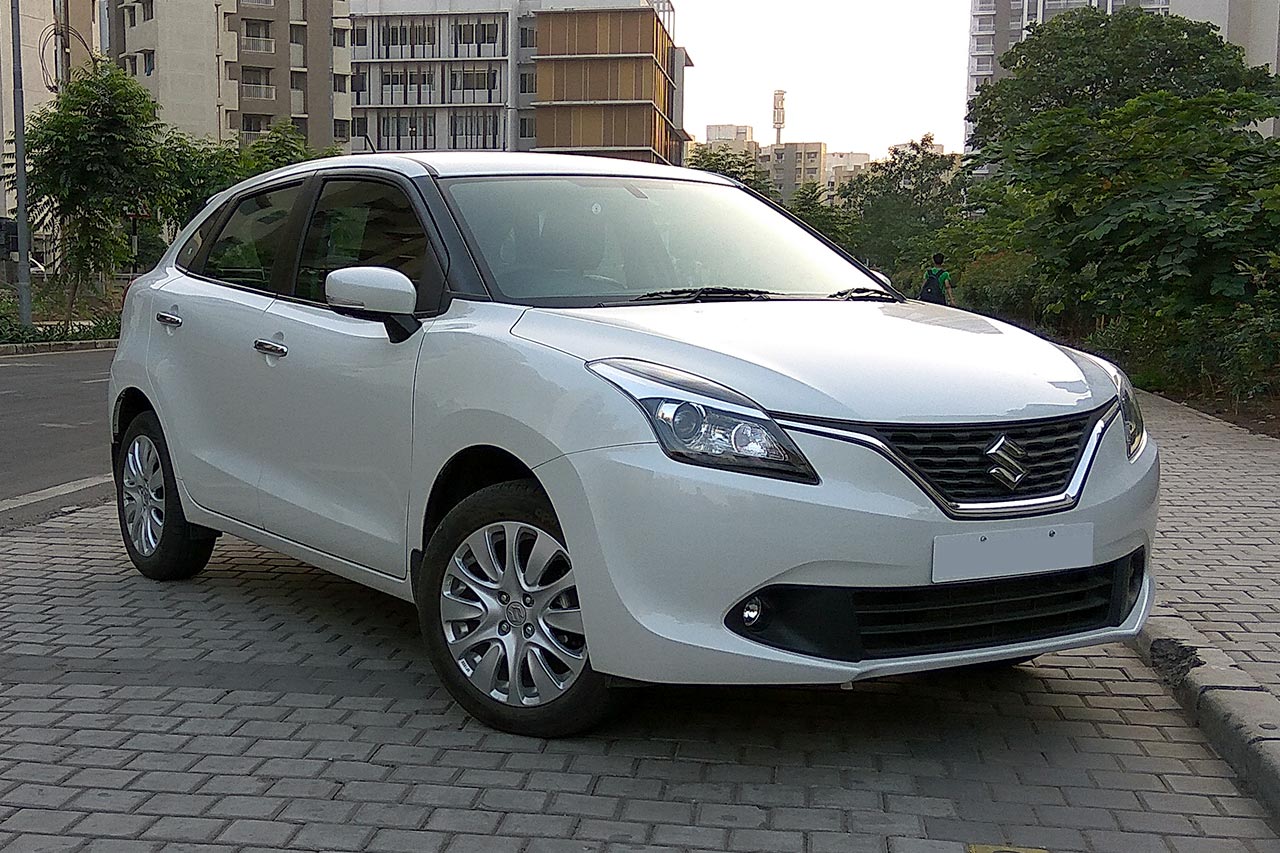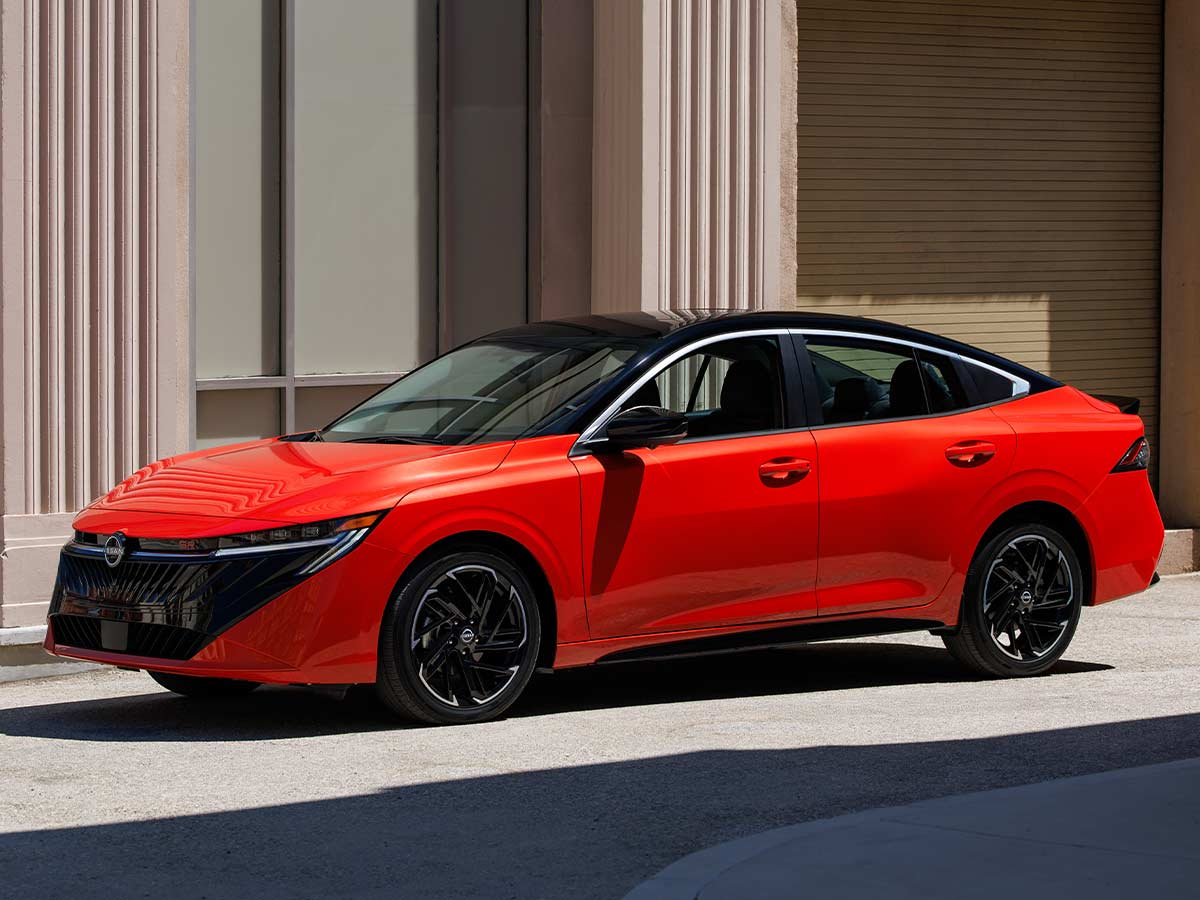Among serious performance enthusiasts, the Nissan Z has always represented attainable speed. The current Z NISMO is already the sharpest knife in the showroom drawer, but what happens when one of drifting and grassroots motorsport’s most respected names decides the factory spec isn’t enough? You get this: the Forsberg Racing NISMO GT-Z, a track-prepped car with the mindset of a championship-level build and the mechanical that backs the attitude up.
>>> Great Discounts on Car & Bike Accessories <<<
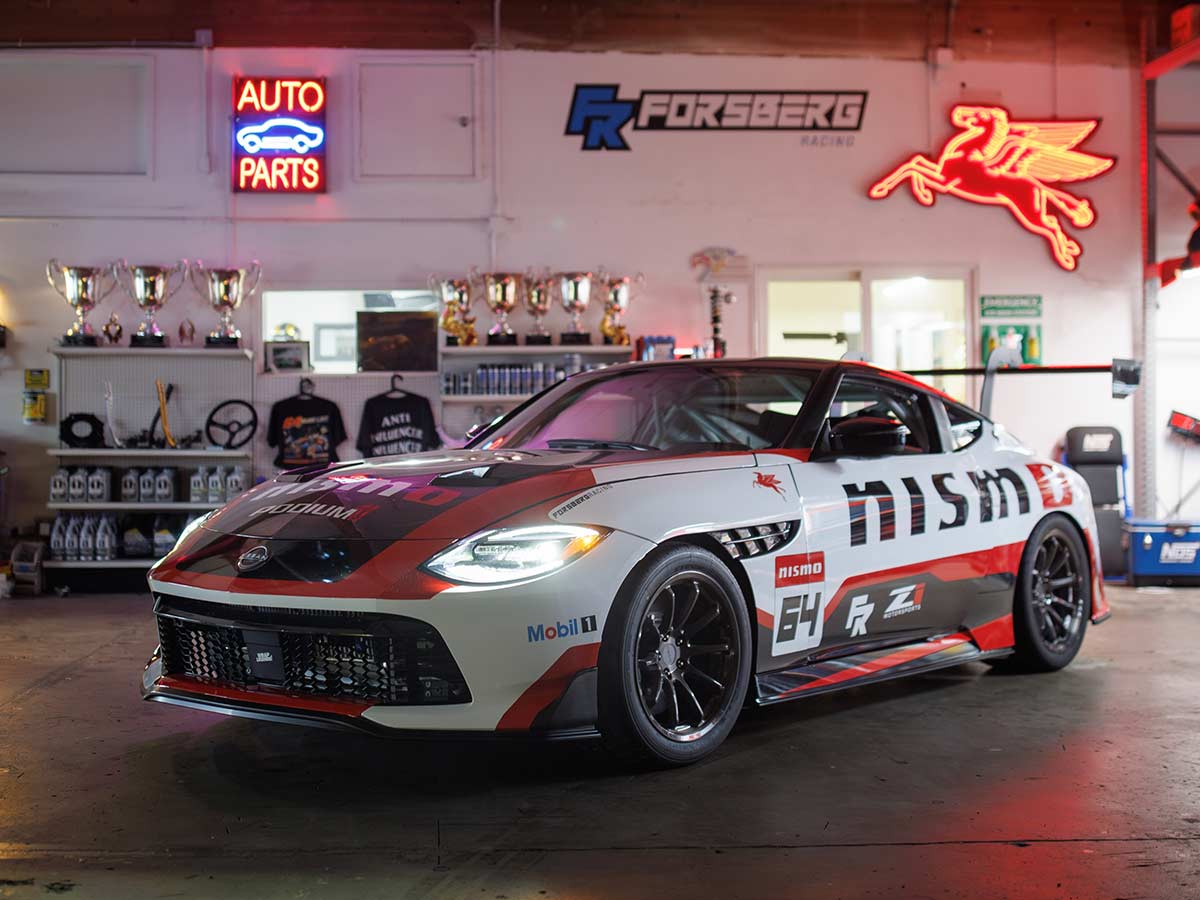
This is not a showpiece or a concept meant to sit on carpet behind velvet ropes. Forsberg Racing intends to race this car, specifically targeting the GRIDLIFE GLTC series in 2026 as stated in Nissan’s SEMA announcement. That context changes everything. This isn’t about wild theatrics. It’s about reliability, repeatable lap times, adjustability, and feel.
And feel begins with the suspension. Nearly the entire undercarriage sees reinforcement from the NISMO performance catalog, including coilovers, adjustable control arms, upgraded sway bars, subframe bushings and a tower brace from the official build list. . Nothing about this setup is simply about lowering the car for stance. Forsberg Racing set it up to offer camber, toe, and caster dial-in that lets the driver push deep into the tire’s edge grip without unpredictable slip. The intent is clear: this Z is meant to dance at the limit, not just look fast.
Of course, grip requires the right contact patch. Here, the team went with prototype NISMO LM-RS1 wheels measuring a healthy 18×10.5 wrapped in Yokohama ADVAN A052 tires staggered 295 front and 315 rear. . It’s an aggressive footprint meant to engage the chassis’ balance, especially under high-speed dedication through consecutive corners. Those who track understand this choice immediately: predictable sidewall response, heat tolerance, and progressive slip behavior.
Braking is just as serious. While Nissan already equips strong stopping hardware on the Z, Forsberg swapped to a Z1 competition big brake kit and brake cooling ducting to withstand full-length track sessions. Race cars don’t care about your feelings. They care about heat. Managing that heat is the difference between setting a personal best in lap eight or skating brakes into oblivion by lap three.
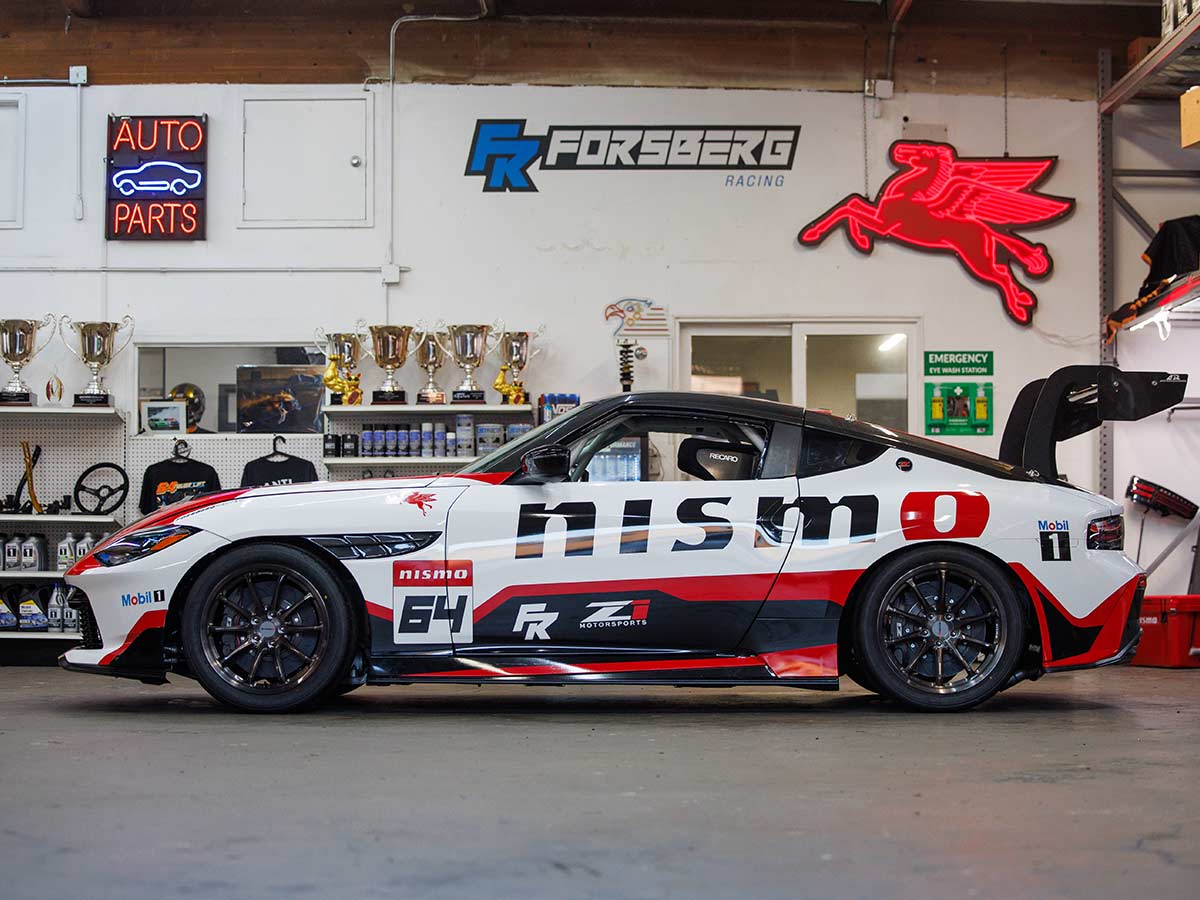
The exterior shows equal commitment. An APR GT-250 swan-neck wing, front splitter, and canards bring real aerodynamic tuning potential, not just style. Downforce is useful only when predictable and balanced, and this layout suggests Forsberg Racing tuned aero for stability under corner entry load.
But the real intrigue lies under the hood. The factory VR30DDTT engine is already stout, but the GT-Z swaps in a full suite of Z1 and AMS performance upgrades, including VRX70B turbochargers, a high-flow intercooler, high-pressure fuel pump, flex-fuel capability, and cooling reinforcements throughout. The spec sheet clearly hints at big power potential, but power alone isn’t the point. In wheel-to-wheel racing, consistency beats dyno ego every single time. This setup prioritizes torque curve stability and heat management over dyno bragging.
Inside the cabin, it’s full business. RECARO P1300GT carbon seats, a full cage, a cool suit system, MoTeC dash and PDM controls, and a Forsberg Racing carbon dash panel turn the Z into a real purpose-built cockpit. Open the door and the message is blunt: this is a tool. A serious one.
What This Car Represents
A car like this matters not because of lap times, but because of what it signals. It shows that:
- Nissan is actively supporting motorsport culture.
- NISMO is still serious about selling real performance parts.
- The Z platform remains one of the most approachable ways to race without needing supercar wealth.
- The enthusiast tuning ecosystem around the Z stays alive, modern, and relevant.
Many performance cars today feel sealed off, optimized to the point that modifying them becomes a losing battle against the engineers who already squeezed every inch. The Forsberg Racing NISMO GT-Z pushes in the opposite direction. It reminds us that a car can be a canvas, not a conclusion.
This is not nostalgia for what tuning culture used to be. This is a forward-looking statement of what it can continue to be. And if the plan to race this thing in 2026 plays out the way Forsberg Racing intends, we won’t just be watching another modified Z. We’ll be watching the continuation of a lineage.

